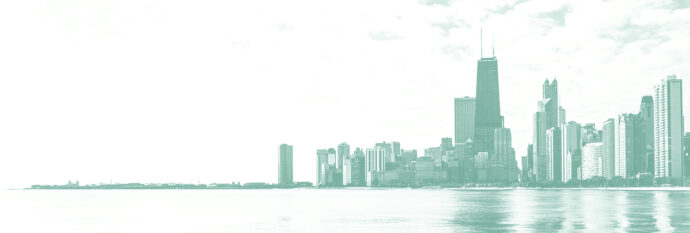Learn From The Best
With pounds of gear on his back, Ansel Adams hiked his way to some of the most desolate places on earth to capture some of the most phenomenal images of our time.
Many people marvel at his work and ask how someone could have been such a prolific image maker. But what many don’t realize is that Adams was a meticulous planner who put a great deal of effort into crafting his images.
The best part of this is that Adams also spent a great deal of effort educating others on his approach – of which his Basic Series stands out as a must read for any photographer.
Adams describes what he calls My Basic Approach:
“My basic approach to photography depends on visualization of the final print before the exposure is made. When the print is conceived in the mind, either as a realistic statement or as an intentional departure from reality, the brightness values of the subject are determined and are placed appropriately on the exposure scale. The negative is exposed and developed for the desired rendition. The print from such a negative requires a minimum of development control, dodging, or use of extreme paper grades. This procedure is not only efficient, but also gives the photographer at all times control of his craft and assurance and full understanding of the equipment and materials used – this method becomes almost automatic.”
Nailed it!
This timeless advice is still as relevant today as it was back in the day.
… the key takeaway should be to think in terms of structuring how you execute your work, so you can better master your style and technique as you explore the endless possibilities of photography.
For any photographer looking to bring clarity and purpose to their work, look no further that Adams and his teachings as a framework with which to base your approach.
Bringing Clarity To My Vision
I had been planning a photo of the Chicago Skyline for quite some time and had settled on what I wanted to see in my final image:
- black and white
- high contrast
- a wide 16:9 inspired format
- a gritty/edgy feel
Influenced by Adam’s approach, I knew these key elements would need to inform my approach.
Research Your Shoot Location
Next was to do some research on a location and I settled on North Avenue Beach. A great way to see what others have done at a spot, or to generally see what is around an area, I fire up Pinterest and build out an idea board.
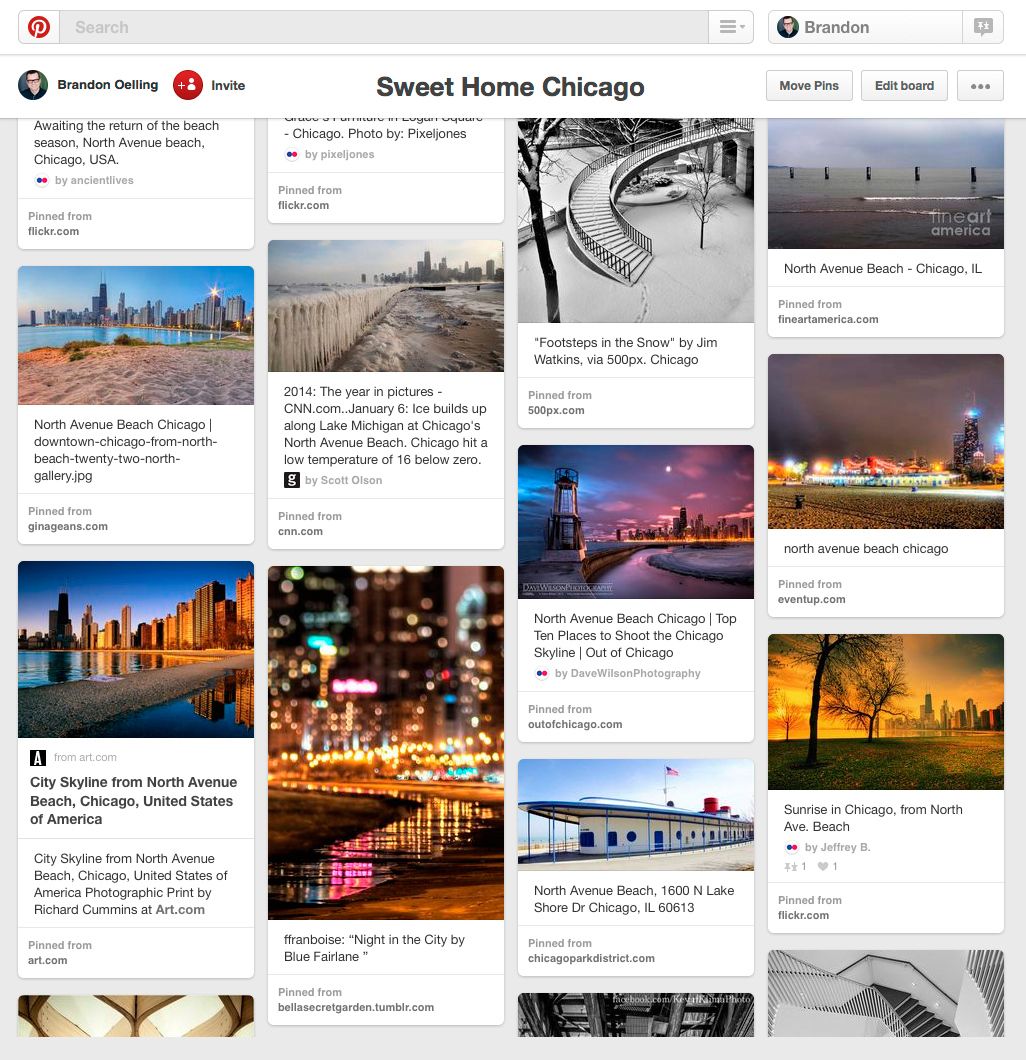
Pinterest has proven to be a great visual research tool. I also suggest you perform a Google Image Search to go along with your Pinterest research.
Armed with some interesting spots to consider for my shot, I looked up the location via Google Maps (when available) to get a feel for the layout of the area and where I might want to shoot.
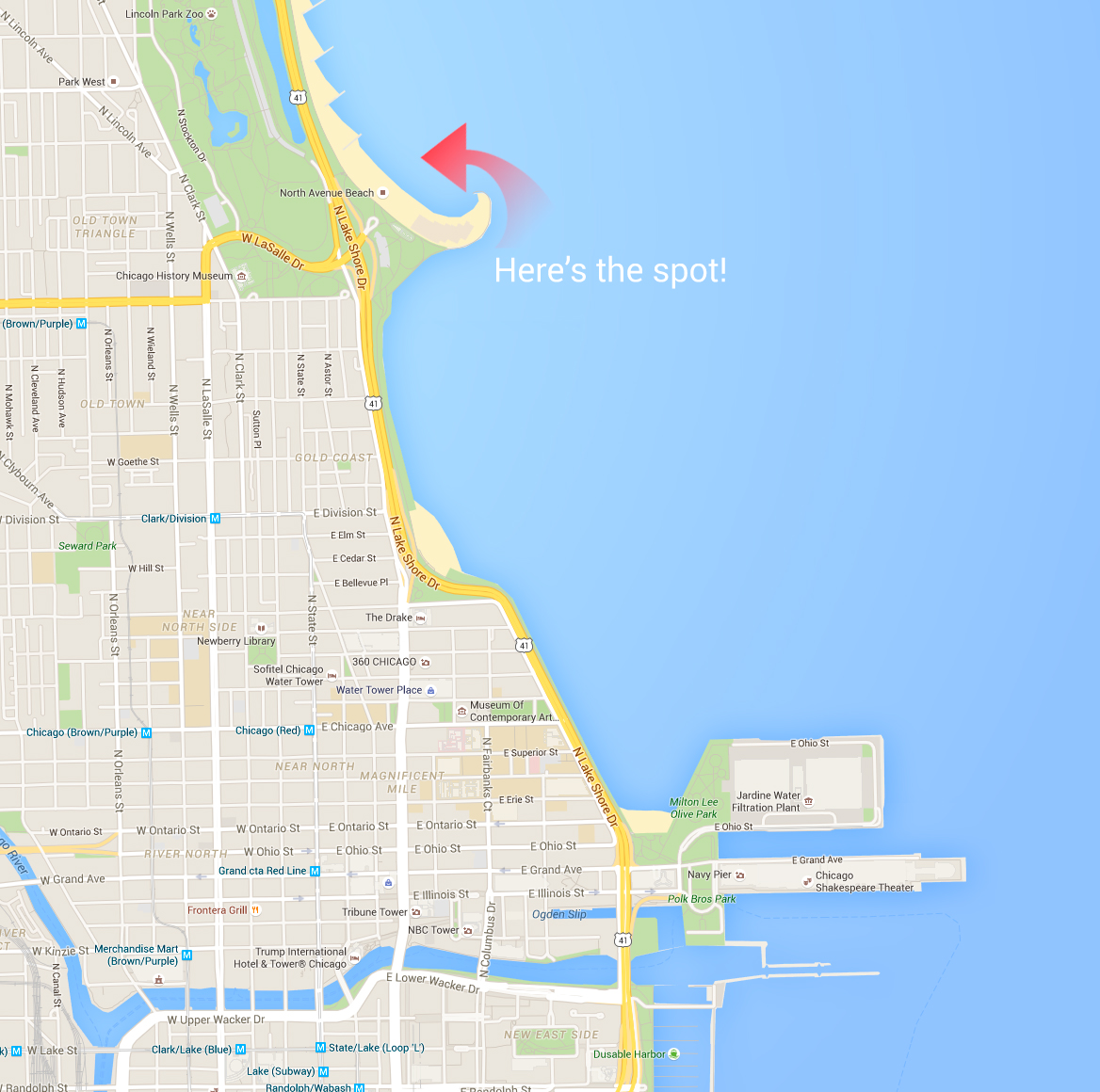
Look Up The Weather and Sunrise/Sunset Schedules
I can’t stress this part enough – know your weather.
I suggest Weather Undergound. For Sunrise/Sunset tables Time and Date has you covered.
Get An Assistant
I’ve got gear to carry, so I enlisted someone to help me scout the area when I arrived and to do some heavy lifting. Naturally my daughter was more than happy to assist me.
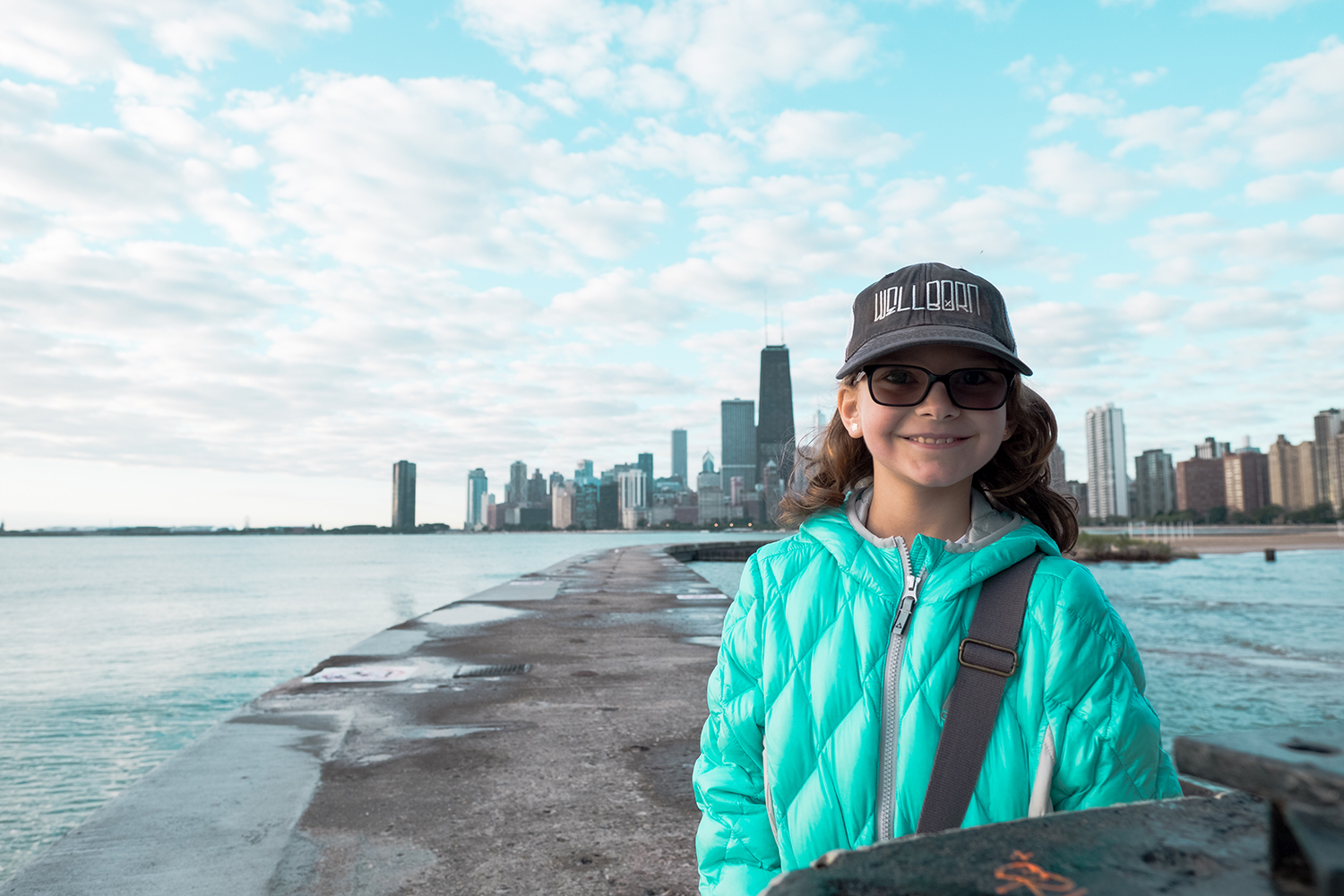
Get The Right Gear For The Job
I knew I needed to shoot wide to get the whole skyline, so I opted for a Fujinon 16mm f/1.4 lens to pair with my Fuji X-T1. For my tripod setup, I love the MeFOTO Aluminium Roadtrip Travel Tripod, which is compact and perfect for setting up and moving quickly.
Here’s the rig in action:
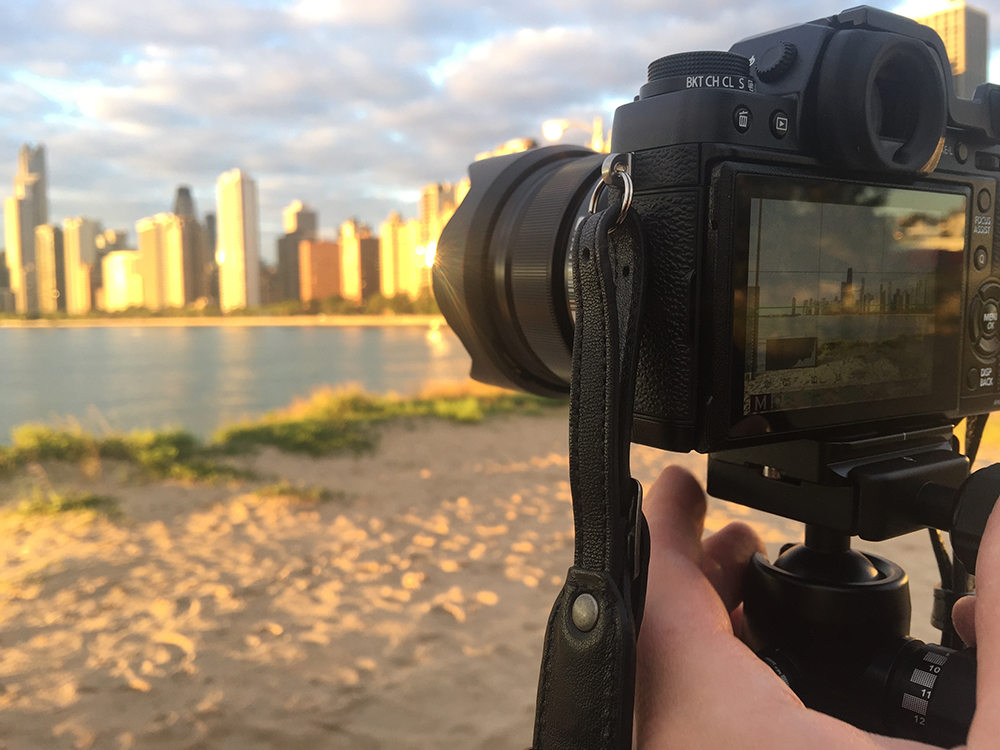
And the location I shot from:
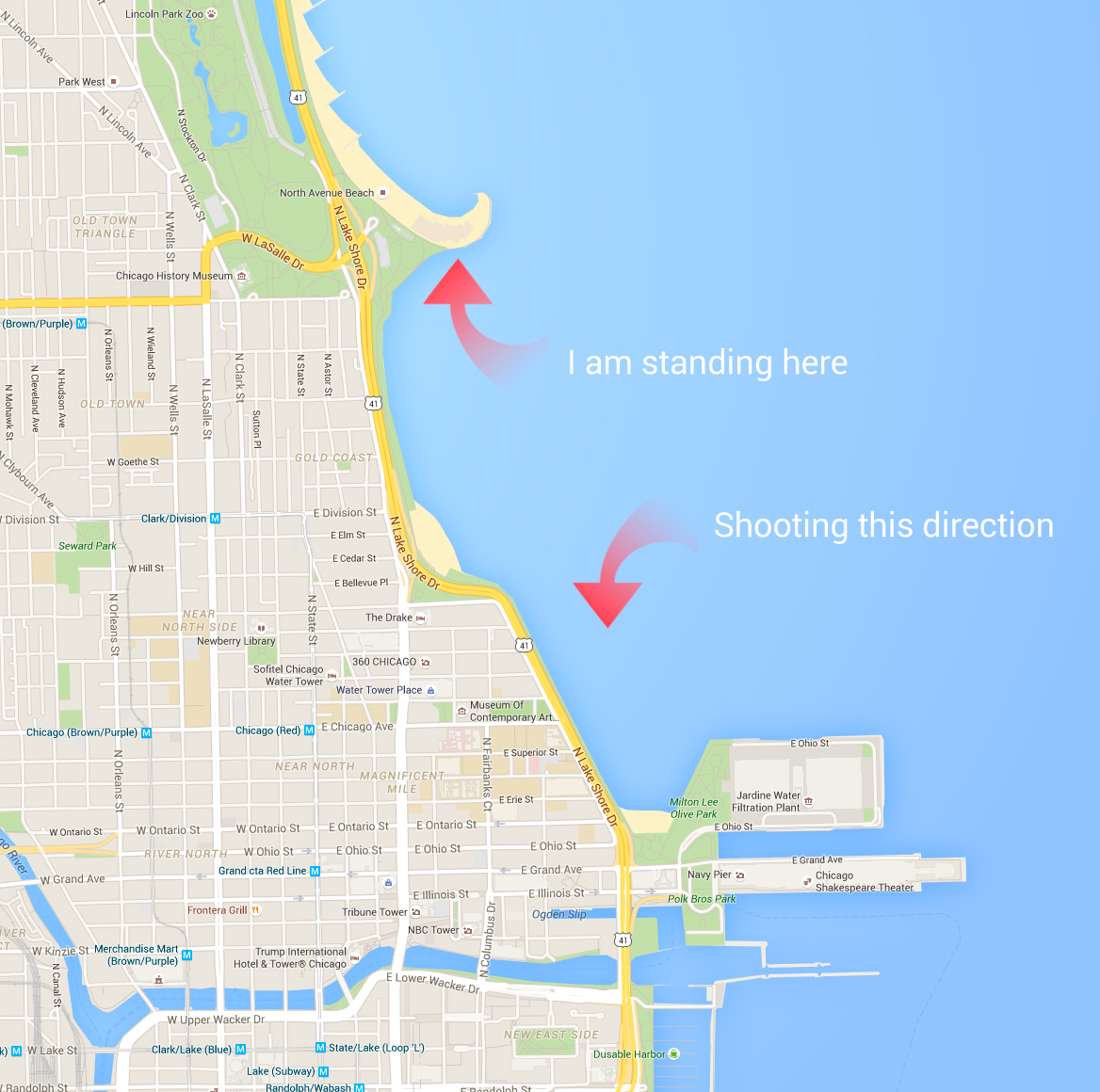
Shoot, Shoot, And Shoot Some More
Here’s a quick look at my photo grid in Lightroom:
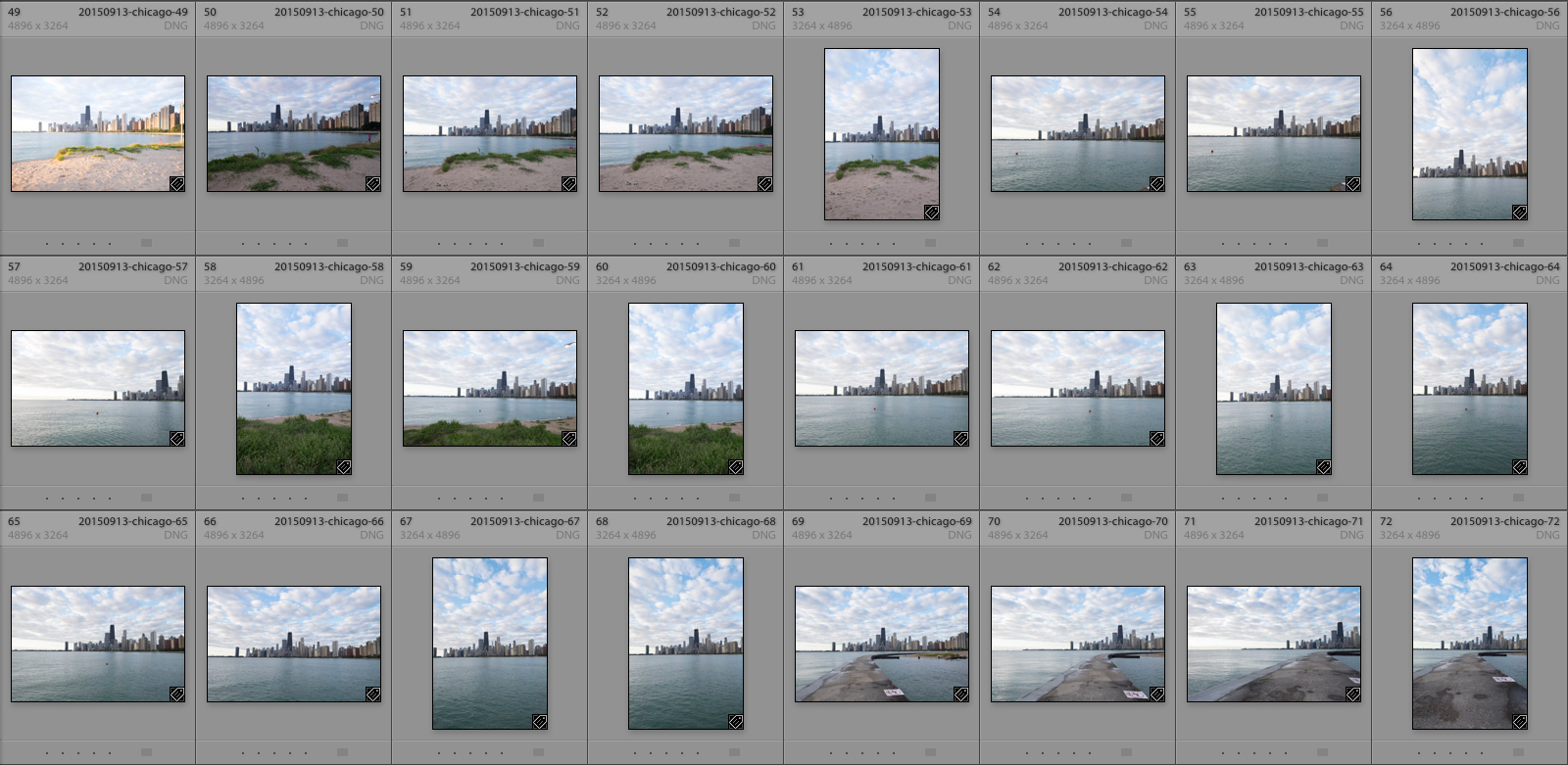
All in I shot 137 photos, roughly half of what I would normally have shot just randomly firing in an ad hoc fashion. Granted, there are times when that approach makes total sense, but it’s not the norm for me anymore.
After culling my images, I settled on the shot that was to be the source image for my post-processing:
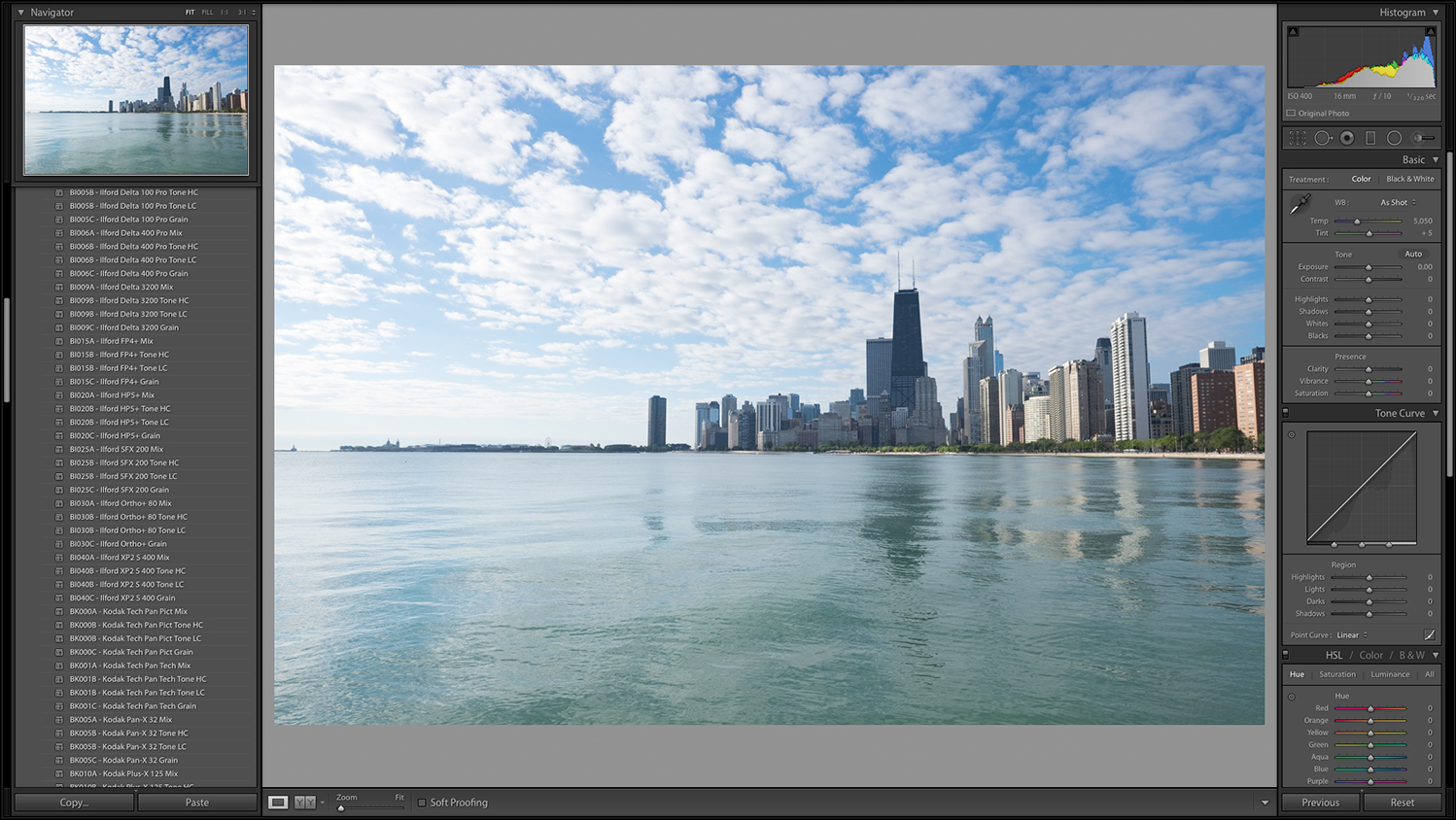
Lightroom Time!
Going back to my original goals for this image:
- black and white
- high contrast
- a wide 16:9 inspired format
- a gritty/edgy feel
My approach in Lightroom is straightforward.
I convert to Black & White:
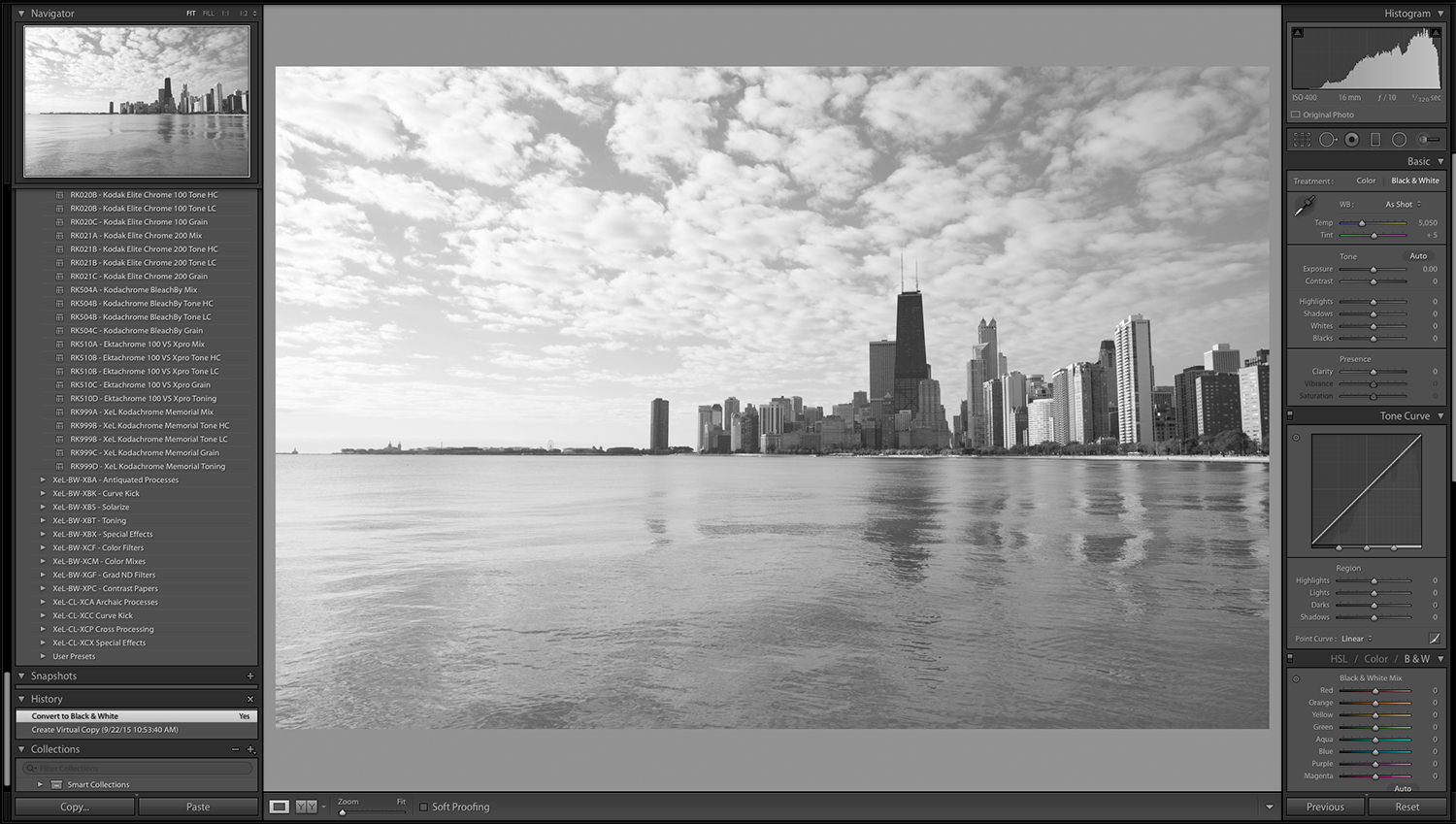
Then I apply the XEQUALS Black and White – Ilford Delta 3200 High Contrast Film Preset.
Which also includes the Ilford 3200 Grain profile.
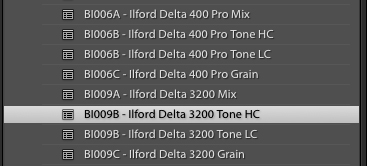
Which brings just the right amount of high contrast and grain structure to the image:
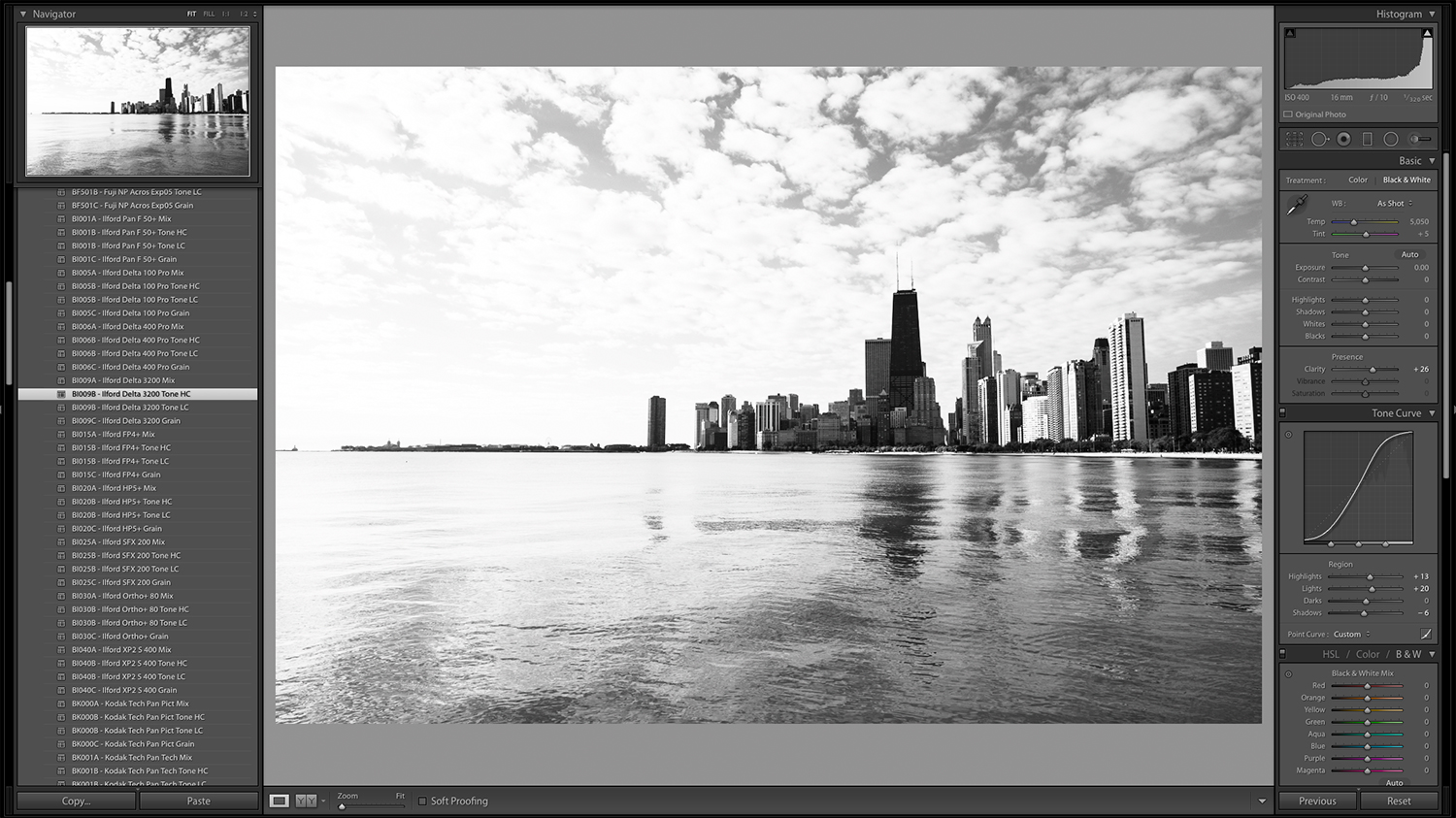
I then tweaked the tone curve and such:
![[archived] Privacy - XEQUALS - Learn. Create. Dominate. shooting-with-purpose-and-clarity-final-develop-adjustments](https://x-equals.com/wp-content/uploads/undated/shooting-with-purpose-and-clarity-final-develop-adjustments.jpg)
And set my cropping (keyboard command R) to get that 16:9’ish feel:
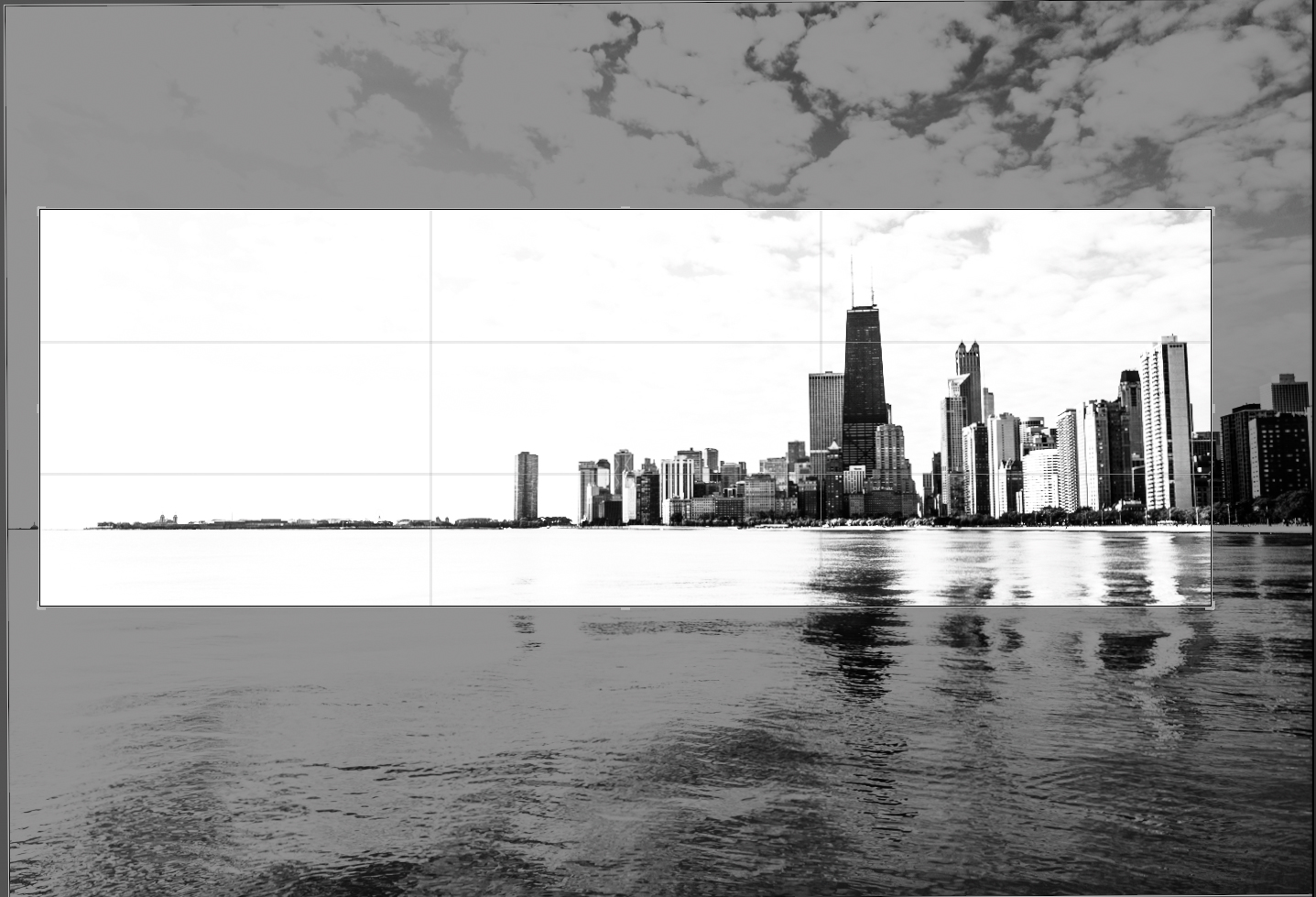
And here is my final image in Lightroom:
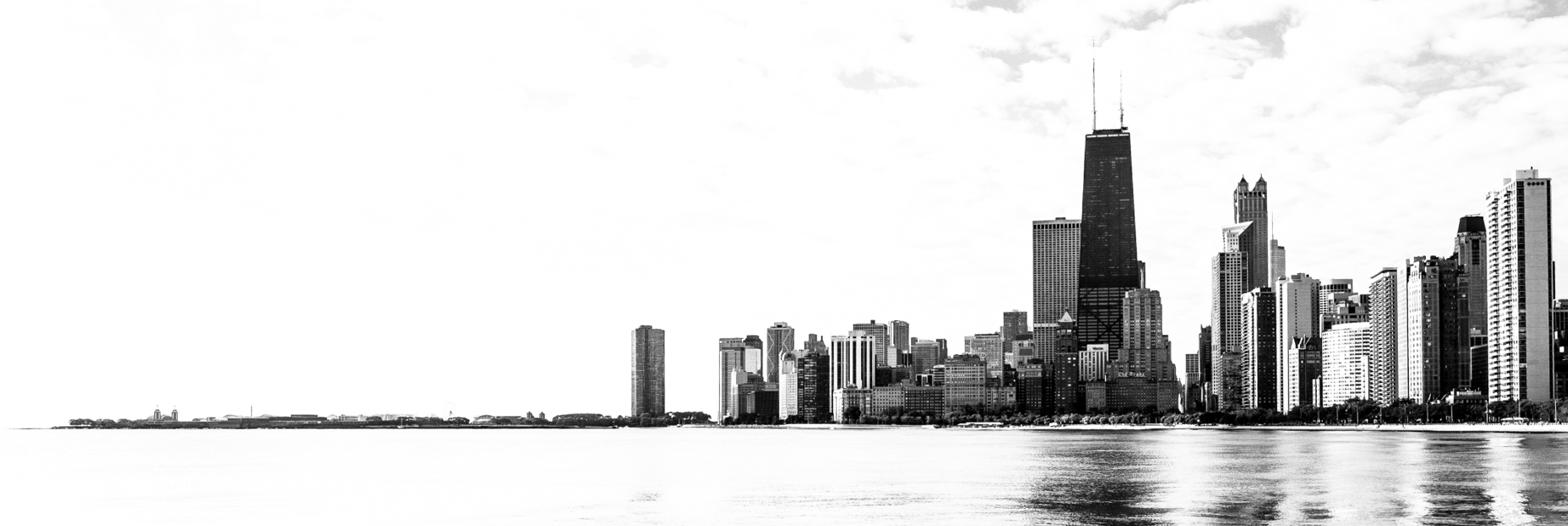
I’m super happy with the final output, the print looks great on my wall, and my goal of shooting a Chicago cityscape is complete!
How This Has Influenced My Work
With a process in place, and a vision for what I was looking for, I was able to drive the days shoot with a clear purpose, knowing when, where, and what I wanted to do. When you do the same, you will find that your confidence (and your work) will improve.
Whether you are inspired to adopt some of Ansel Adam’s lessons, or not, the key takeaway should be to think in terms of structuring how you execute your work, so you can better master your style and technique as you explore the endless possibilities of photography.
